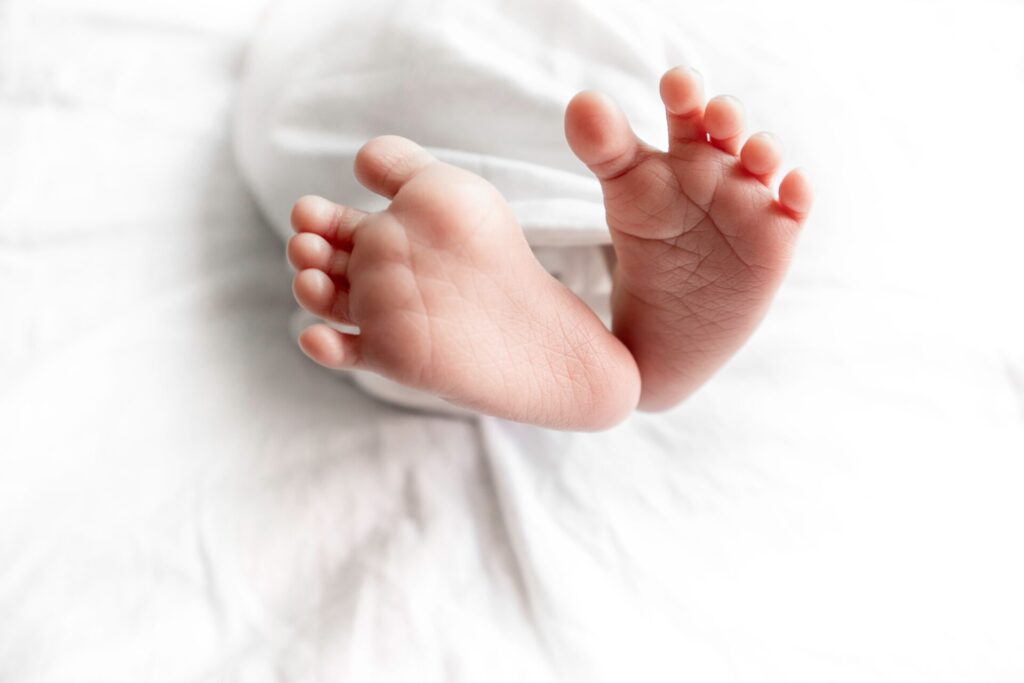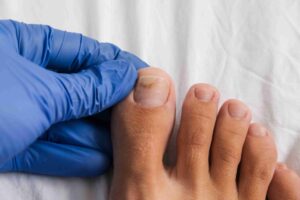What is Metatarsus Primus Adductus? Learn more about this condition
Metatarsus Primus adductus is the most common paediatric condition which affects children’s feet. It is characterized by feet which curve inwards, resembling the shape of a kidney bean. The large toe points inwards and the child may trip more than other children when walking and running.
There are several factors involved in the cause of metatarsus adductus the most significant being abnormal intrauterine position with increased uterine wall compression.
It occurs in approximately 1 in 1000 births with no sexual distinction but there is a 4-5% transmission rate to the second child regardless of the cause of the metatarsus adductus in the first child.
Clinically, the deformity may be classified into mild (flexible), moderate or also severe (rigid). The mild to moderate forms are the most common are respond well to conservative treatment if diagnosed early.
Treatment for Metatarsus Primus Adductus
The first line of treatment in the mild to moderate metatarsus adductus, which is usually diagnosed within the first few months of life, is passive stretching. This form of treatment serves to correct a vey mild metatarsus adductus or it will increase the flexibility prior to the initiation of a series of castings.
Treatment for severe metatarsus adductus condition involves a series of castings which set the child’s toes in the correct position. The cast is changed every week and progress is assessed at each changing. After approximately six weeks, the tendons in the foot have stretched enough to allow the toes to straighten out, and the child can also progress onto wearing splints at night to encourage the corrective process. This is easier and more successful to be able to perform before the child is moving around so the earlier the diagnosis the better.
If left untreated, the following may result when the child is older:
- A painful styloid process – pain experienced on the bony part of the outside of the foot approximately in the middle
- Difficulty with shoe-fitting due to the shape of the foot
- Early bunion formation
- Flat feet at the rearfoot which puts different strains on the upper part of the legs, specifically the ankles, knees and the hips.
Are you suffering from this condition? One of our podiatrist can assist and then recommend what treatment options are best to get you back on track. ✅
Schedule an appointment here or you may call us at 44 (0) 207 101 4000. 📞
We hope you have a feetastic day! 👣☀️
-The Chelsea Clinic and Team




